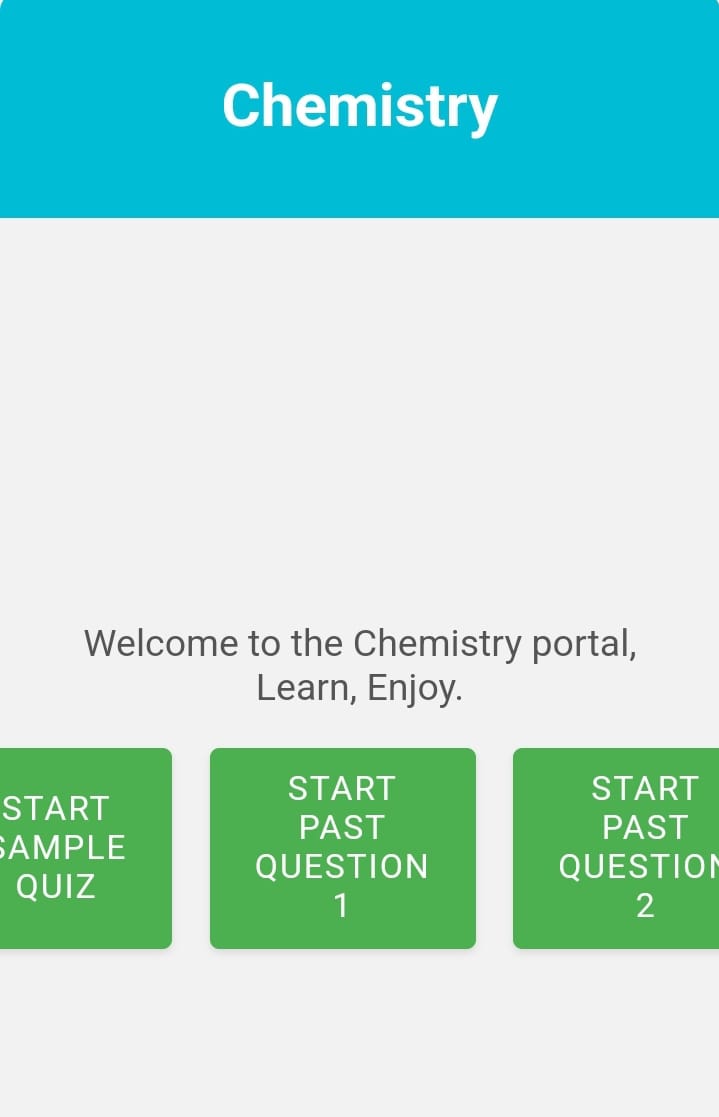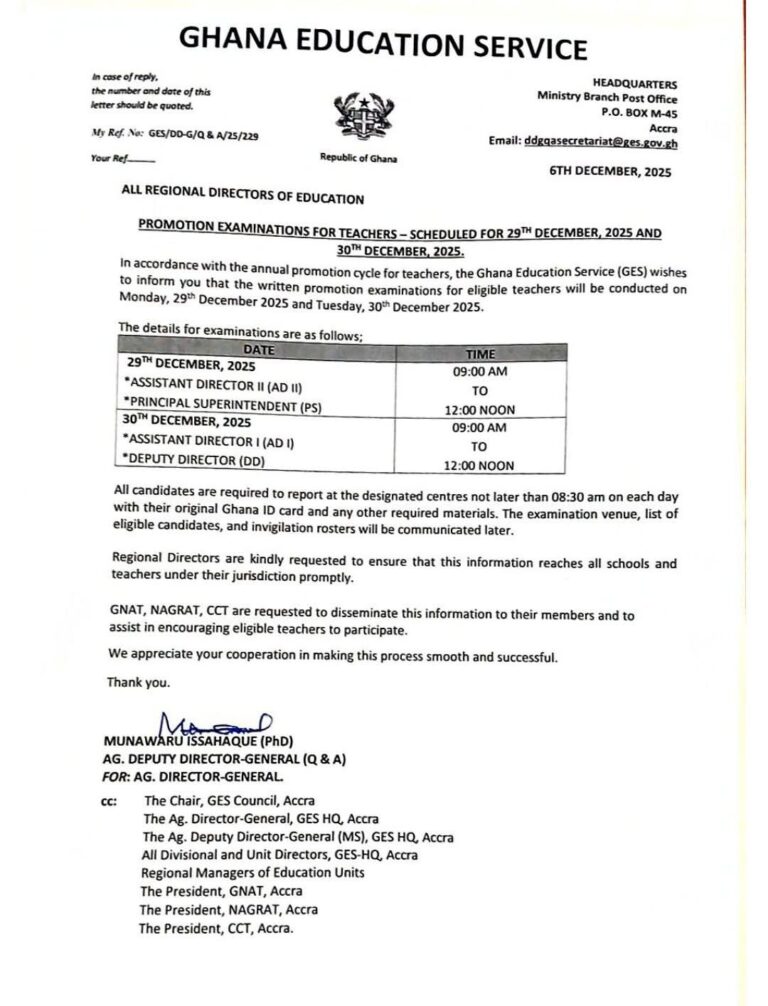
Comprehensive Chemistry Curriculum Framework for Secondary Education
A structured guide to core chemistry competencies, learning outcomes, and assessment standards
Laboratory Fundamentals & Atomic Structure
1. Laboratory Safety & Practices
Competency: Demonstrate knowledge of equipment, safety protocols, and first aid
Key Learning Outcomes:
✔ Identify hazards and preventive measures (e.g., chemical spills, fire)
✔ Name 10+ lab apparatus (Bunsen burner, pipette) and their uses
✔ Administer basic first aid (burns, cuts) before medical intervention
Classroom Tip:
“Use a hazard diamond chart to teach chemical risk symbols (NFPA 704).”
2. Atomic Structure & Periodicity
Competencies:
-
Trace atomic models (Dalton → Rutherford → Bohr)
-
Write electron configurations (Aufbau principle, Hund’s rule)
-
Predict periodic trends (electronegativity, ionization energy)
Visual Aid:
https://example.com/trends-infographic
Caption: Key periodic trends across groups and periods.
Chemical Bonding & Reactions
3. Intermolecular Forces & Hybridization
Competency: Explain bonding types and molecular shapes
| Bond Type | Example | Property |
|---|---|---|
| Ionic | NaCl | High melting point |
| Covalent | H₂O | Directional bonds |
| Metallic | Cu | Conductivity |
Hands-on Activity:
“Build 3D molecular models using ball-and-stick kits to visualize hybridization (sp³, sp²).”
4. Reaction Kinetics & Equilibrium
Competency: Analyze reaction rates and equilibrium systems
Core Concepts:
-
Factors affecting rate (temperature, catalysts)
-
Le Chatelier’s principle (industrial applications: Haber process)
-
Half-life calculations (nuclear chemistry)
Real-World Link:
“Discuss how equilibrium principles optimize ammonia production in Ghana’s fertilizer industry.”
Applied Chemistry & Environmental Impact
5. Industrial Processes & Pollution
Competencies:
-
Extract metals (e.g., bauxite → aluminum)
-
Refine crude oil (fractional distillation)
-
Evaluate environmental effects (acid rain, ozone depletion)
Case Study:
“Why Ghana phased out leaded gasoline: Neurotoxicity and catalytic converter damage.”
6. Organic Chemistry Essentials
Competency: Classify and characterize organic compounds
IUPAC Nomenclature Flowchart:
-
Identify the parent chain (longest carbon backbone)
-
Number substituents (lowest locants)
-
Name functional groups (-OH = “ol”, -COOH = “oic acid”)
Lab Skill:
“Test for unsaturation (alkenes) using bromine water decolorization.”
Assessment Framework
Table of Specification (Chemistry)
| Content Area | Recall (15%) | Concepts (25%) | Application (30%) | Analysis (30%) |
|---|---|---|---|---|
| Atomic Structure | 3 Qs | 4 Qs | 5 Qs | 3 Qs |
| Organic Chemistry | 2 Qs | 5 Qs | 6 Qs | 4 Qs |
| [Full breakdown…] |
Exam Design Tip:
“Allocate 30% of questions to strategic thinking (e.g., predicting reaction products).”
Key Takeaways for Educators
-
Safety First: Dedicate 2+ lessons to lab safety protocols.
-
Conceptual Bridges: Relate orbital hybridization to molecular geometry.
-
Local Relevance: Highlight Ghana’s mining/oil industry case studies.
Free Resources:
-
Download our Lab Safety Checklist [Link]
-
Access 3D Molecule Simulator [Link]
Blog Optimization Tips
-
SEO Keywords: “Ghana chemistry curriculum,” “teaching molecular shapes”
-
Engagement Boosters: Embed a poll (“Which topic do students find hardest?”)
-
Visual Hierarchy: Use icons (⚠️ for safety, ⚗️ for labs)
For the past question, click here: https://ntc.gov.gh/practice_test/chemistry/
Follow us on WhatsApp for more updates: https://whatsapp.com/channel/0029VaCyYGIFHWpx22L38a2K
Seekers Consult
Contact Us for Your Study Abroad Journey
We search for schools and check available scholarships for you
Contact: 0550414552 / 0362297079
Loan for government workers
Transcript Application
English Proficiency
Recommendation letter
Project work/thesis for undergraduate, master’s, and PhD students.




